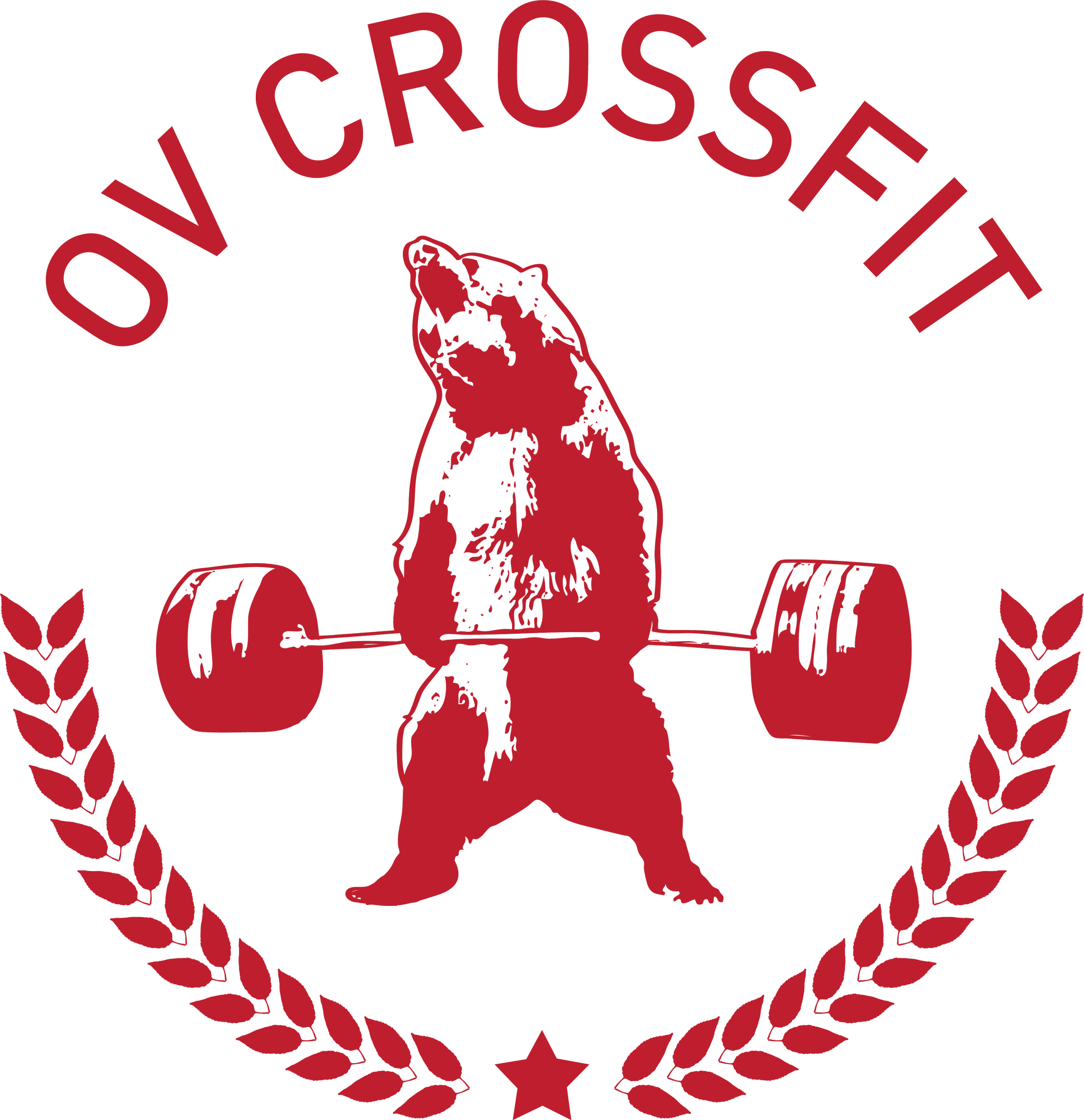Tip of the Iceberg
/Tip of the Iceberg
The additional work required to stay healthy in the gym
Much like the tip of an iceberg, what people see you do in the gym is only the beginning of the work needed to stay healthy. As shown in The Iceberg Illusion, athletes progressing through their CrossFit journey need to include more work outside of the gym to perform optimally. Many of our CrossFit athletes spend no more than four to five hours a week in the gym. Therefore, there are additional tools one must include to gain success. These tools include nutrition, sleep, yoga, chiropractic care/physical therapy, and massage.
Nutrition
Courtesy CrossFit Level 1 Training Guide Theoretical Hierarchy
Nutrition is the foundation for the theoretical hierarchy of development for athletes. Properly fueling the body is essential to ensuring adequate energy to perform the workouts at the desired intensity. Like putting regular gas in a supercar, if we’re not putting quality foods into our bodies, we can’t expect optimal performance in the gym. We are not suggesting you can’t “live a little” and enjoy foods like pizza. However, the majority of your daily calories should come from healthy food sources. If you need help understanding where to start, reach out and ask your OVC coach. All of our coaches are doing the best to walk the walk, so they are a great resource to give you a starting point. Remember, like all aspects of your journey, nutrition needs a “Crawl, Walk, Run” approach.
Sleep
Like nutrition, sleep is an area that many of us could improve. Growing research supports the need for humans, especially athletes, to get at least eight hours of sleep. If you’re like most CrossFit athletes, you have a very busy schedule which may include supporting your child’s athletics as well. All of this running around means that you are most likely not getting to bed until late, then up early to start all over again. Making time in your busy schedule to get adequate sleep is just as important as prepping healthy food for the week. In addition, many of you peruse through social media for 15-30 minutes before you actually fall asleep. Experts recommend avoiding the use of electronic devices before bed to help wind down the brain and prepare for rest. Making sleep a priority will help lead to improved recovery and overall performance in and out of the gym.
Yoga
Using yoga as an additional tool for recovery and mobility can significantly improve your experience in the box. There are multiple forms of yoga that can be useful. The one I’ve been able to incorporate into my recovery is ROMWOD, or yin yoga. Yin yoga is slow-paced with poses held for longer periods (between two and four minutes). Longer held positions allow moderate stress to be applied to the connective tissue of the body (tendons, fascia and ligaments) in order to increase circulation and flexibility. ROMWOD programs 20 minute sessions six days a week with Thursday being designated for their “Warrior Series” which last 45 minutes. Performing ROMWOD four to six times a week has significantly helped with my flexibility and recovery and has been one of the most vital parts of my recovery process. We highly recommend subscribing to ROMWOD and utilizing their programming. As we discussed in the sleep section, you are most likely spending 15-30 minutes lying in bed scrolling through your phone. Consider replacing this time with ROMWOD.
Chiropractor / Physical Therapist
There are two major components to the human body needing to be addressed that help with all body function: the central nervous system (CNS) and skeletal structure. Both of these systems can be addressed by a chiropractor or physical therapist. The CNS controls all communication between the brain and the rest of the body. When there is a block in a signal, the body has to adjust or adapt. This sometimes can be harmful. For example, if the lat (the big muscle of your back) is unable to fire correctly when performing a movement, the body will engage other smaller muscles around the Lat to perform the movement. This increases the risk of injury in those areas, simply because the body couldn’t communicate correctly. We look at these professional services as someone who can help push the reset button on the body. This is not something that will help you when using once every three to four months. To gain the most benefit, you should try to see a professional at least every two weeks. If possible, the more you can use this tool, the better.
Massage
Like recovery methods for the skeletal structure, deep tissue massage is the second major recovery method to help keep the body healthy. We recommend deep tissue massage over other methods due to its focus on the deeper layers of tissue and fascia. Research has shown that deep tissue massage, or sports massage, has shown to help improve lactate clearance, delayed onset muscle soreness, and injury prevention. If we allow the muscles to fire correctly and perform at their peak potential, we will not only perform better, but reduce the risk of injury. In terms of frequency, we recommend that athletes try to see a massage therapist at least once every two to three months. If the athlete needs additional recovery work, seeing a therapist more frequently will help.
Taking Control
We understand that the cost (dollar amount and time) of recovery can be expensive. We also understand the level of importance of having all of these recovery methods in your corner. Think of these as tools in a toolbox; you wouldn’t use every tool every day, but there are some important tools that if used correctly, can make the job easier.
















